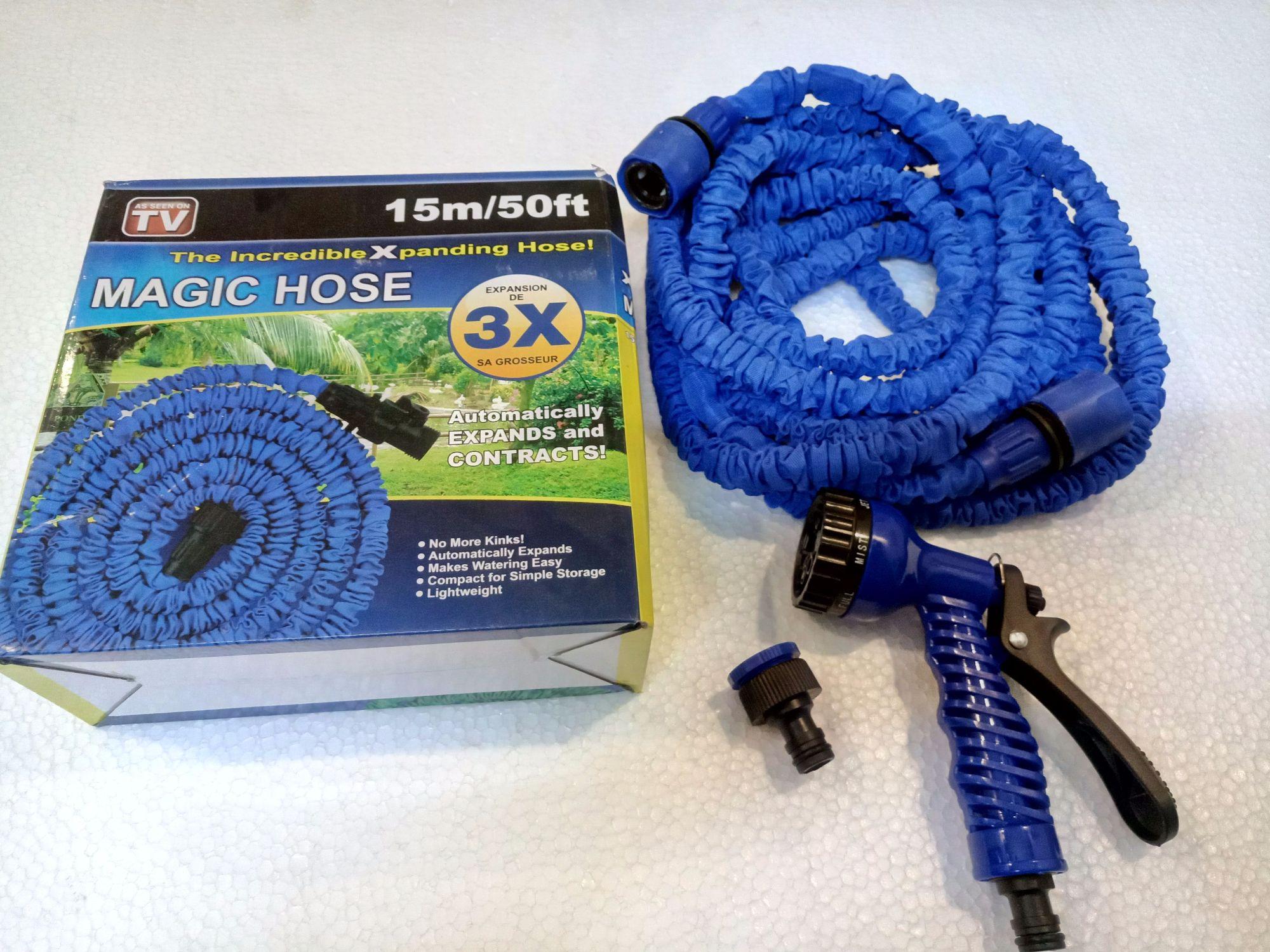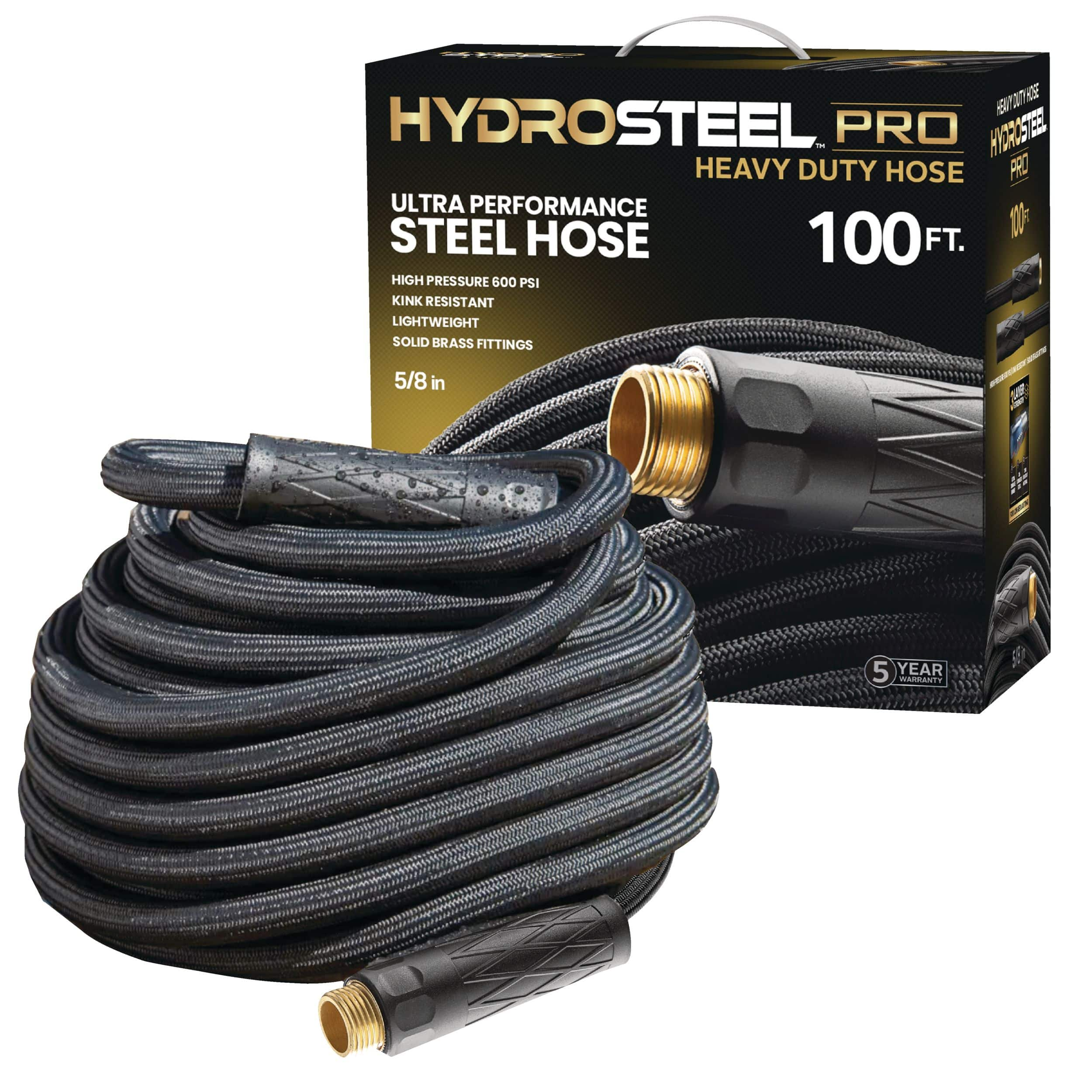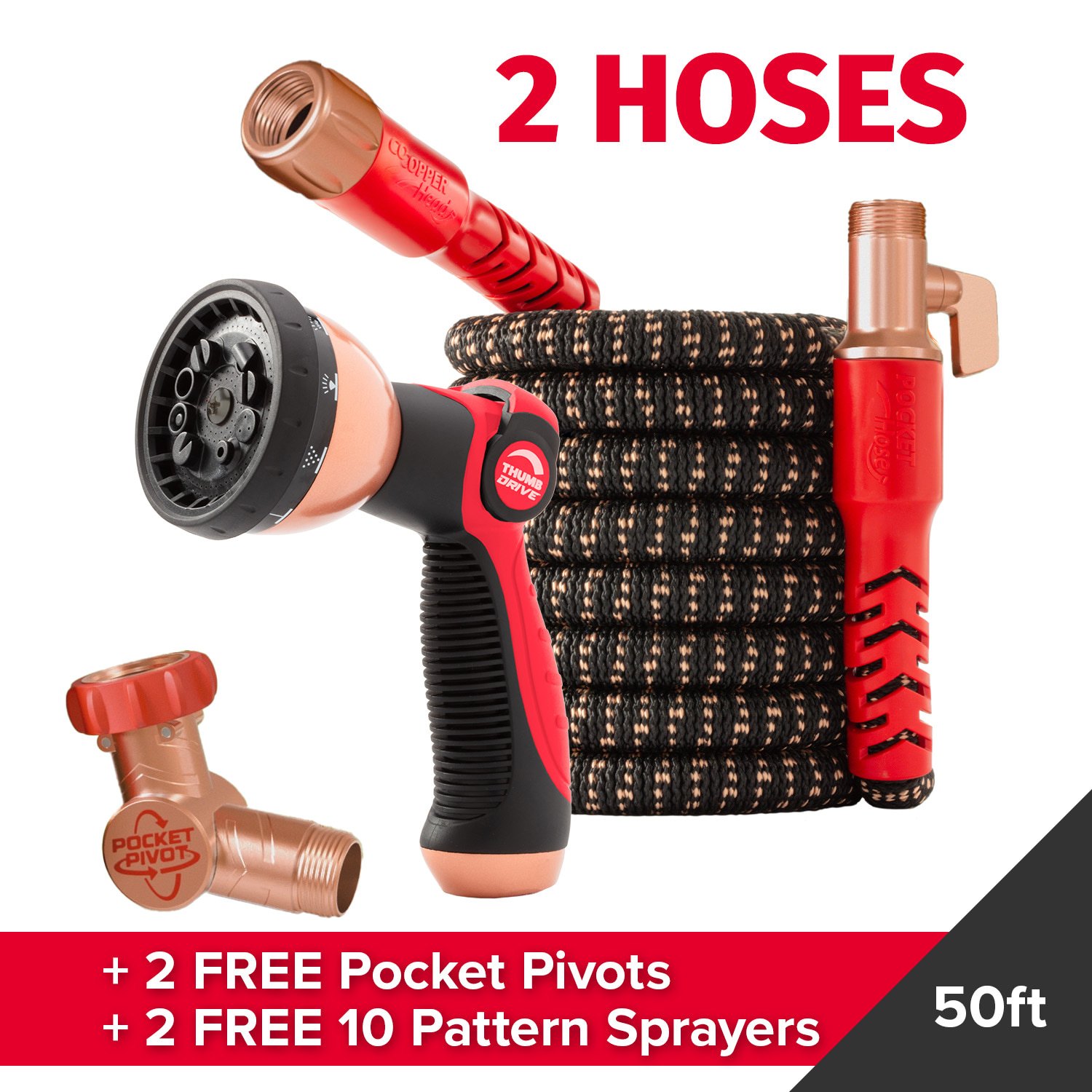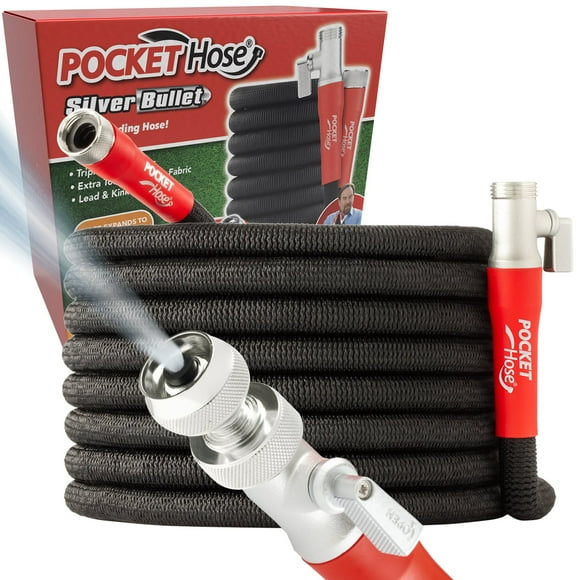Shrinking Hose As Seen On Tv

The seemingly miraculous expanding garden hose, a staple of late-night infomercials and online marketplaces, is facing increased scrutiny. Consumers are reporting widespread issues of premature failure and diminished performance. What began as a convenient solution for outdoor watering has, for many, turned into a source of frustration and financial loss.
The expandable hose, often marketed under various brand names like "Pocket Hose" or "Xhose," promises a lightweight and compact alternative to traditional rubber hoses. However, the claims of durability and longevity are increasingly being challenged by a growing chorus of dissatisfied customers.
The Unraveling: A Look at the Complaints
Reports of bursting hoses, leaky fittings, and a loss of expansion capability are flooding online review sites and consumer complaint forums. Many users claim their hoses failed within a matter of weeks or months. This is far shorter than the lifespan expected from a standard garden hose.
“I bought two of these hoses thinking they would be a space-saving solution,” says Sarah Miller, a homeowner from Ohio, in a review posted on ConsumerAffairs.com. “Both hoses burst within the first month of use. The outer fabric ripped, and the inner tube exploded. It was a complete waste of money.”
Another common complaint centers on the inadequacy of the fittings. Many users report that the plastic fittings crack or break easily. This leads to significant water loss and renders the hose unusable.
The Better Business Bureau has also received numerous complaints regarding expandable hoses. These complaints frequently cite misleading advertising and difficulty obtaining refunds or replacements from the manufacturers.
A Closer Look at the Construction
Expandable hoses typically consist of an inner tube made of latex or thermoplastic elastomer (TPE). This is covered by a woven outer layer designed to protect the inner tube and limit its expansion.
Experts suggest that the failures are often due to the low-quality materials used in the inner tube. The tube is unable to withstand the constant pressure and stretching required during regular use.
“The latex or TPE used in these hoses is often thinner and less durable than what you would find in a standard rubber hose,” explains Mark Thompson, a materials scientist at the National Institute of Standards and Technology (NIST). "The woven outer layer can provide some protection, but it is not sufficient to prevent failures under pressure, especially when exposed to sunlight and temperature fluctuations."
The Marketing vs. Reality
The infomercials and online advertisements for expandable hoses often showcase their lightweight design and ability to shrink down for easy storage. The imagery often depicts users effortlessly watering large gardens and washing cars with powerful spray nozzles.
However, the reality for many consumers is a far cry from the advertised ideal. The pressure delivered by the hose can be significantly lower than a traditional hose. This impacts its effectiveness for tasks such as power washing or watering larger areas.
The promise of a kink-free hose also falls short for many users. The hoses are still prone to kinking and twisting, especially when fully extended or used at lower water pressures.
"I felt completely misled by the advertising," says David Lee, a gardener from California. "The hose burst after only a few uses, and the pressure was never as strong as they showed in the infomercial. I would not recommend this product to anyone."
The Regulatory Landscape
Currently, there are no specific regulations governing the quality or performance standards of expandable garden hoses. This lack of oversight allows manufacturers to make broad claims without being held accountable for their accuracy.
The Federal Trade Commission (FTC) has the authority to investigate and take action against companies engaged in deceptive advertising practices. However, the process can be lengthy and resource-intensive.
Consumer advocacy groups are urging the FTC to investigate the marketing practices of expandable hose manufacturers. They call for greater transparency in advertising and stricter enforcement of consumer protection laws.
Moving Forward: Consumer Awareness and Responsible Manufacturing
Consumers should exercise caution when purchasing expandable hoses. They should carefully research brands and read reviews from other users before making a purchase.
Look for hoses that specify the type of material used in the inner tube and outer layer. Check if they offer a warranty or guarantee.
Responsible manufacturers should prioritize quality and durability over cost savings. They should invest in better materials and rigorous testing to ensure their products meet reasonable performance standards.
The future of expandable hoses depends on addressing the current issues of premature failure and misleading advertising. Until these problems are resolved, consumers should remain skeptical of the claims made by manufacturers and weigh the potential benefits against the risk of disappointment.
Ultimately, the "As Seen On TV" allure of a shrinking hose may continue to tempt buyers. However, informed consumers are crucial to driving demands for higher quality products. Only then can these seemingly magical hoses transform from a source of consumer complaints into reliable gardening tools.


















